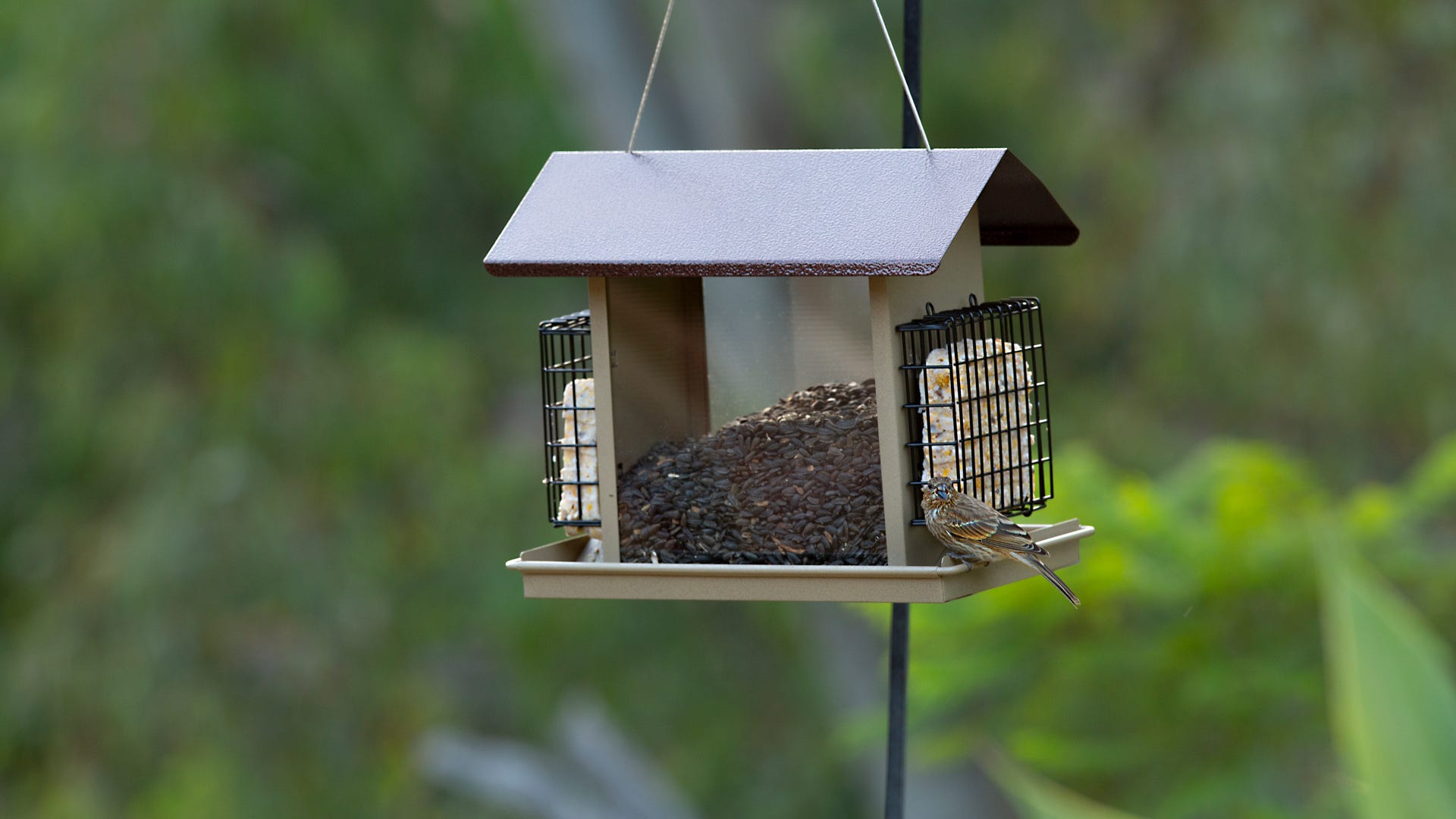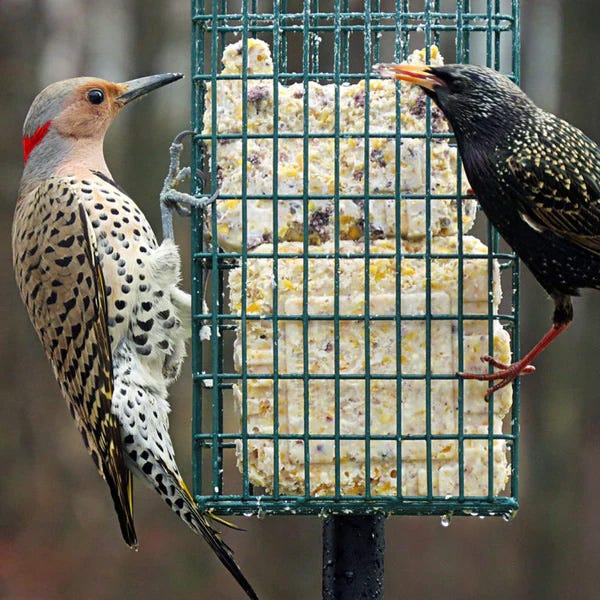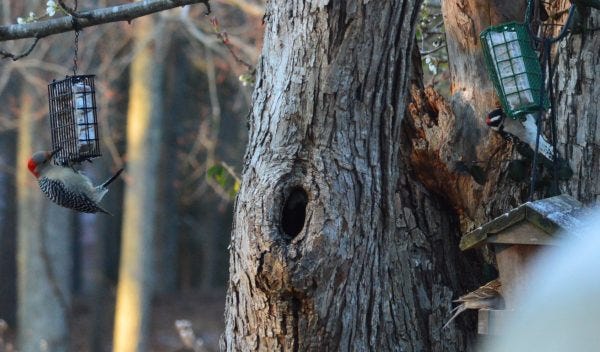
Suet for birds can be offered year-round, and it's especially good in fall and winter. Suet is one of the most popular and beneficial foods you can offer birds. In addition, suet attracts multiple species, so you can be sure it will entice lots of feathered friends to your backyard. Take a look at these dos and don'ts of offering suet to birds in the backyard to increase your chances of success.
DO learn which birds will eat suet
When you're feeding birds, it's always good to have a general idea of what you will attract. It makes a much more enjoyable experience and it gives you something to look forward to.
Suet is a food that will attract many different species, including most woodpeckers, chickadees, flickers, nuthatches, wrens, and more. You will also see the occasional warbler, thrasher, jay, and goldfinch.
DON'T give up if you don't attract your favorite birds right away
If you're hoping to attract a Red-bellied Woodpecker, but they just don't seem to be coming—don't give up! Fall and winter are especially good times to have suet out because you never know what will stop by looking for food. Even American Robins could make an appearance.
DO try making your own suet
There are so many good suet recipes out there, and birders love making up their own variations. Try this recipe from Audubon, using plastic ice cube trays to freeze it.
DON'T fill it with sugary ingredients
Be aware of suet recipes that call for sugary ingredients or other items that don't have much nutritional value. The best recipes will have a quality fat ingredient like peanut butter or nut butter. Birds need this, especially in cold months. So if you come across a recipe that looks like it just has a bunch of filler ingredients, it's best to skip it.
DO buy your suet in bulk
You can buy one suet cake at a time, but it can get expensive. A better way to go is to buy in bulk. This way, you will be set for a few months. Plus, you will be saving money at the same time.
DON'T leave it where critters can get to it
If you are buying in bulk, you want to make sure to store your investment in a place that other critters can't get to it. An air-tight container is best.

DO invest in a good suet bird feeder
You can pick up an inexpensive suet feeder for a few bucks and hang it from your branches as a good test to see if your backyard birds are interested. But shortly after that, you should invest in a quality suet feeder. What does this mean exactly?
Look for a feeder that is made from metal, not plastic. Also, invest in a feeder that is specifically squirrel proof. It will make a big difference in keeping other critters away. Finally, if you're shopping for a feeder, the best thing you can do is pick it up and test it out.
Are the latches easy to get to? Does it feel sturdy overall? Don't be afraid to ask for recommendations in person or read the reviews if you're shopping online.
See also: How to Successfully Squirrel-Proof Your Bird FeedersDON'T stop at just one if you want lots of birds
The suet area will be extremely popular in colder months, and it can really help birds fatten up and get them through the winter. If you have space, try to put out two or three suet feeders. This will attract a greater variety of birds.

DO Freshen Up Your Suet If It Gets Old or Stale
If your suet does get old, it's probably time to freshen it up. In general, suet is fine for a long time (and birds will often eat it up before it's old), but weather can affect the quality. If you notice the birds coming to your suet and then leaving, it probably needs to be freshened.
Just remove the old suet, clean your feeder, and put in a fresh block or pieces. It's just like any other bird food or seed—you want to keep it fresh and clean to be most attractive to the birds.
DON'T put your suet out in really hot weather
Suet is a food you can offer year-round, but it doesn't always hold up great in summer. In general, temperatures over 90 degrees will cause suet to melt, which will make a mess and leave your suet more susceptible to mold. There are "no-melt" options available for hot weather, but there are mixed reviews about how well they work.
If you're seeing really hot weather in your area, it's probably best to hold off on the suet for a bit and then put it back out when temperatures cool down.
DO try to squirrel-proof your suet
Squirrels will definitely eat the suet you put out for the birds—they love it! If you’re finding that your suet it quickly disappearing, then you might have squirrels stealing it (they can take large chunks at once). If this is happening, you'll need to purchase a squirrel-proof suet feeder (usually enclosed in a cage) or hang it from a pole with a baffle that squirrels can’t get to.







